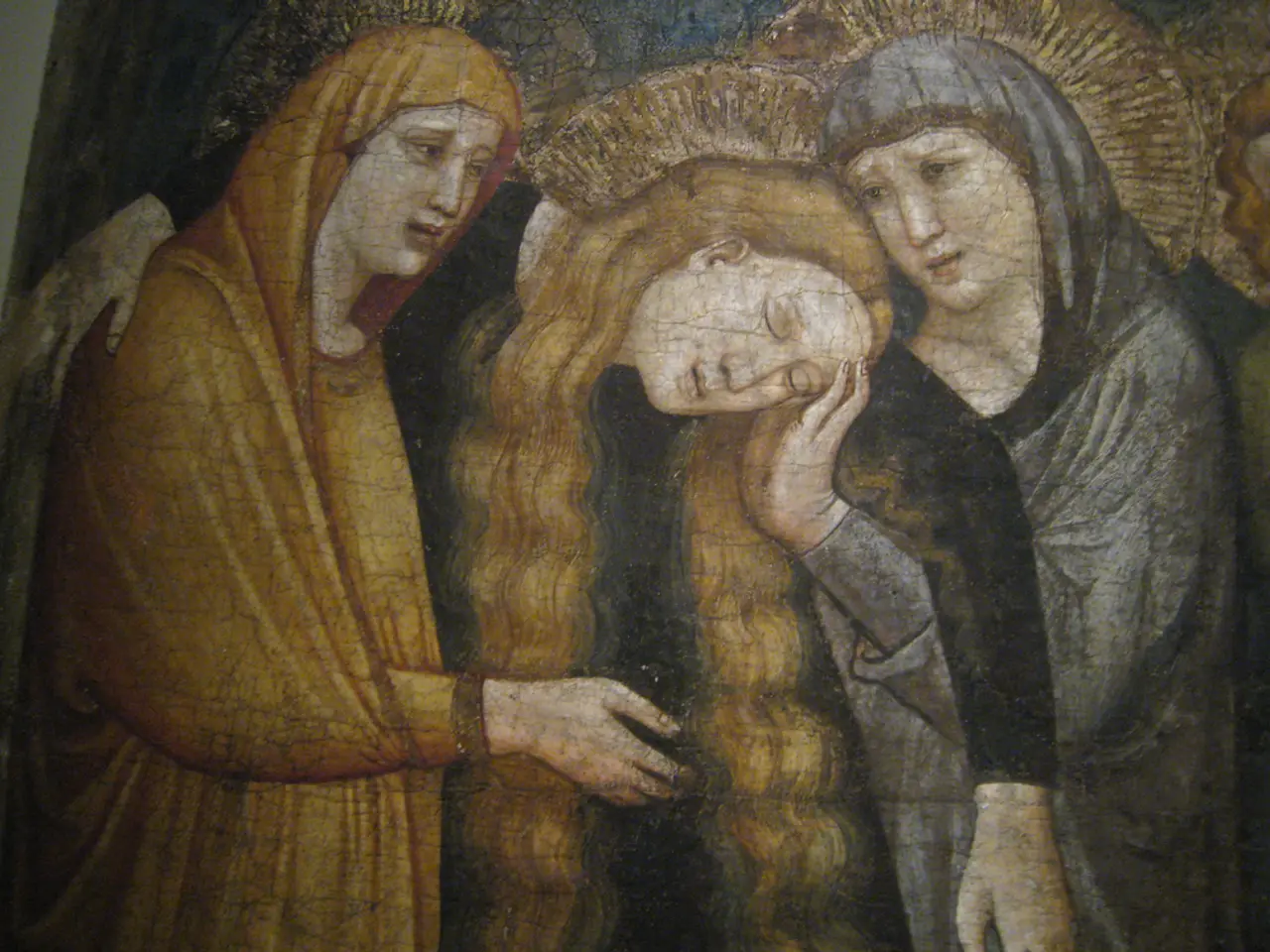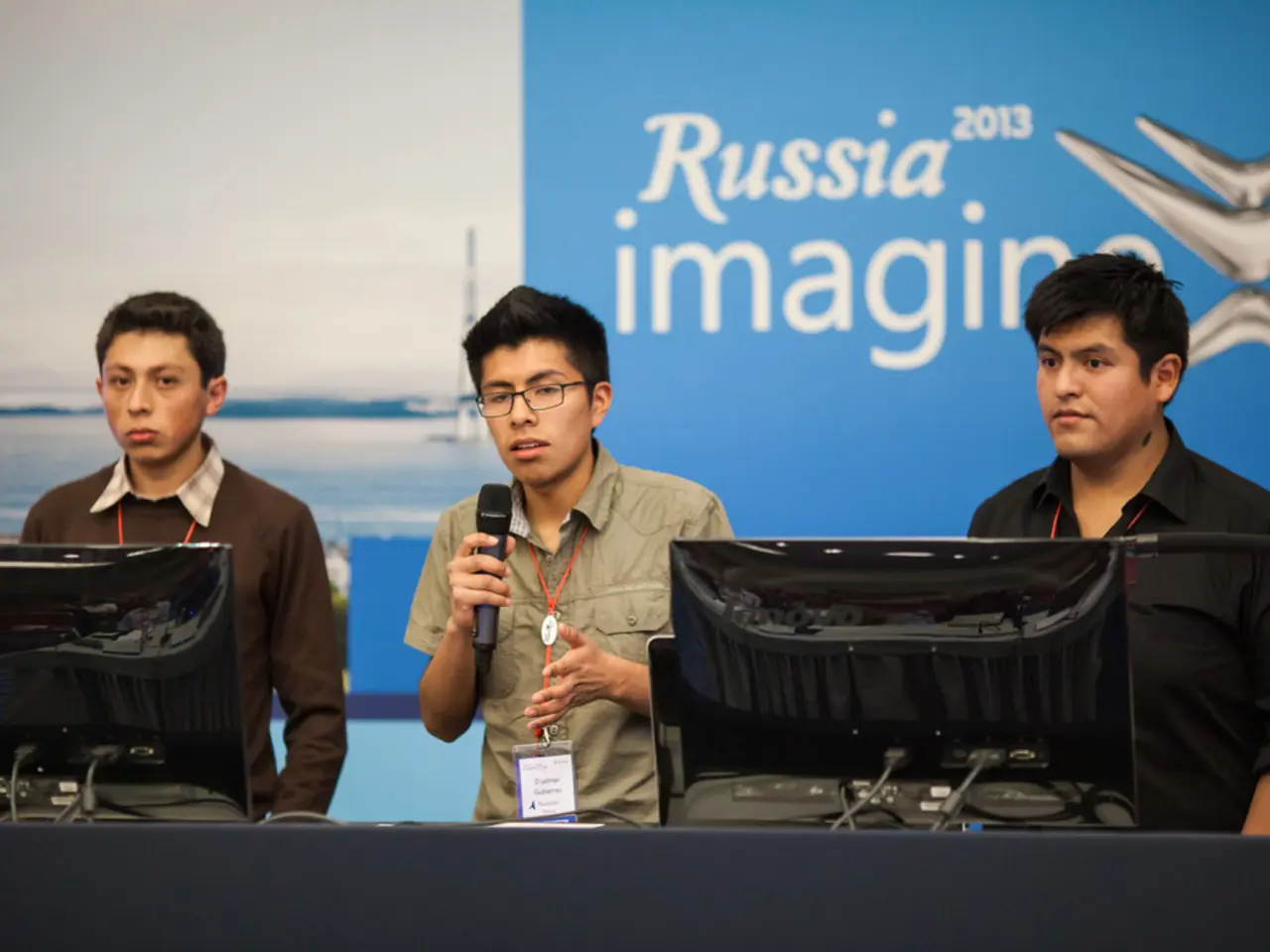Art's Poverty of Ideas: Its Impact on Creativity and Expression Curbs
In the realm of art, the line between creativity and commercialism often blurs. The market heavily influences what art gets produced, with demand often dictating artistic choices and art fairs and galleries prioritizing profit over creativity [1]. This trend is not new; historically, art education has focused on traditional forms, limiting students' creativity and discouraging personal expression [2].
The history of art shows a constant struggle between innovation and tradition. Many art movements began as reactions against impoverished ideas, with movements like Impressionism, Dadaism, and Surrealism facing obstacles in gaining recognition due to their departure from traditional aesthetics [3]. Yet, impoverished art, often romanticized as a symbol of artistic authenticity, struggle, and freedom, has had a significant impact on societal perceptions and artist behaviours.
This notion, popularized in 19th-century Paris with the rise of bohemianism, romanticized impoverished artists in the Latin Quarter as romantic heroes enduring hardship for their art [4]. However, this romanticized portrayal also imposed socioeconomic constraints that impacted artists' livelihoods and opportunities. Artists such as Vincent van Gogh have been popularly depicted under this trope of the "tortured, impoverished genius," yet historical evidence shows van Gogh came from a middle-class background and received financial support throughout his life [5].
Impoverished art can include art that follows trends without personal input, works created solely for commercial gain, and art that avoids complex themes or emotions [1]. This narrow view of what art can be restricts creativity and personal expression, often leading to repetitive art, unexplored styles, and frustrated, uninspired artists. Fear of experimentation is a common hindrance to creativity among artists, with conformity being a major barrier in artistic expression [6].
Balancing accessibility and quality is crucial in the digital art world. Technology makes art more accessible, but it raises questions about quality and can lead to a flood of content [7]. Digital art trends offer new tools and mediums but can also limit originality. Digital art trends include 3D art, augmented reality, virtual reality, and AI art [8].
Embracing different styles and thoughts enriches our world and allows for true innovation to flourish. Avoiding experimentation can lead to a stagnant art world, where creativity is stifled and personal expression is limited. Art should inspire, not limit, and everyone deserves a chance to share their voice. Worrying about failure, public opinion, and understanding are common fears that prevent artists from trying new ideas [9].
The concept of impoverished art has had dual historical and societal impacts. It has inspired a cultural ideal linking creative genius to sacrifice and poverty, influencing artist identity and popular art narratives, yet it has also imposed economic hardships and forced artists into precarious conditions, often limiting creative potential and access [10]. This tension persists in ongoing debates about art, artist remuneration, and the commodification of creativity.
Notable artists like Pablo Picasso, Frida Kahlo, and Vincent van Gogh faced challenges due to societal expectations [3]. They, like many artists throughout history, navigated the complex interplay between creativity, market demands, and societal perceptions to create art that resonates with us today. Art, at its core, is a reflection of our society and our collective human experience. By understanding the historical and societal impacts of impoverished art, we can strive to foster an environment that encourages creativity, personal expression, and the exploration of new ideas.
References: 1. Art Market Monitor 2. The Guardian 3. Britannica 4. Britannica 5. Van Gogh Museum 6. The Art Newspaper 7. The Art Newspaper 8. Forbes 9. The Art Newspaper 10. The Art Newspaper
Technology can play a significant role in expanding the accessibility of art, but it may also raise questions about quality and limit originality.
The depiction of impoverished art as a symbol of artistic authenticity has had historical and societal impacts, influencing artist identity and popular art narratives, yet it has also imposed economic hardships and forced artists into precarious conditions.




